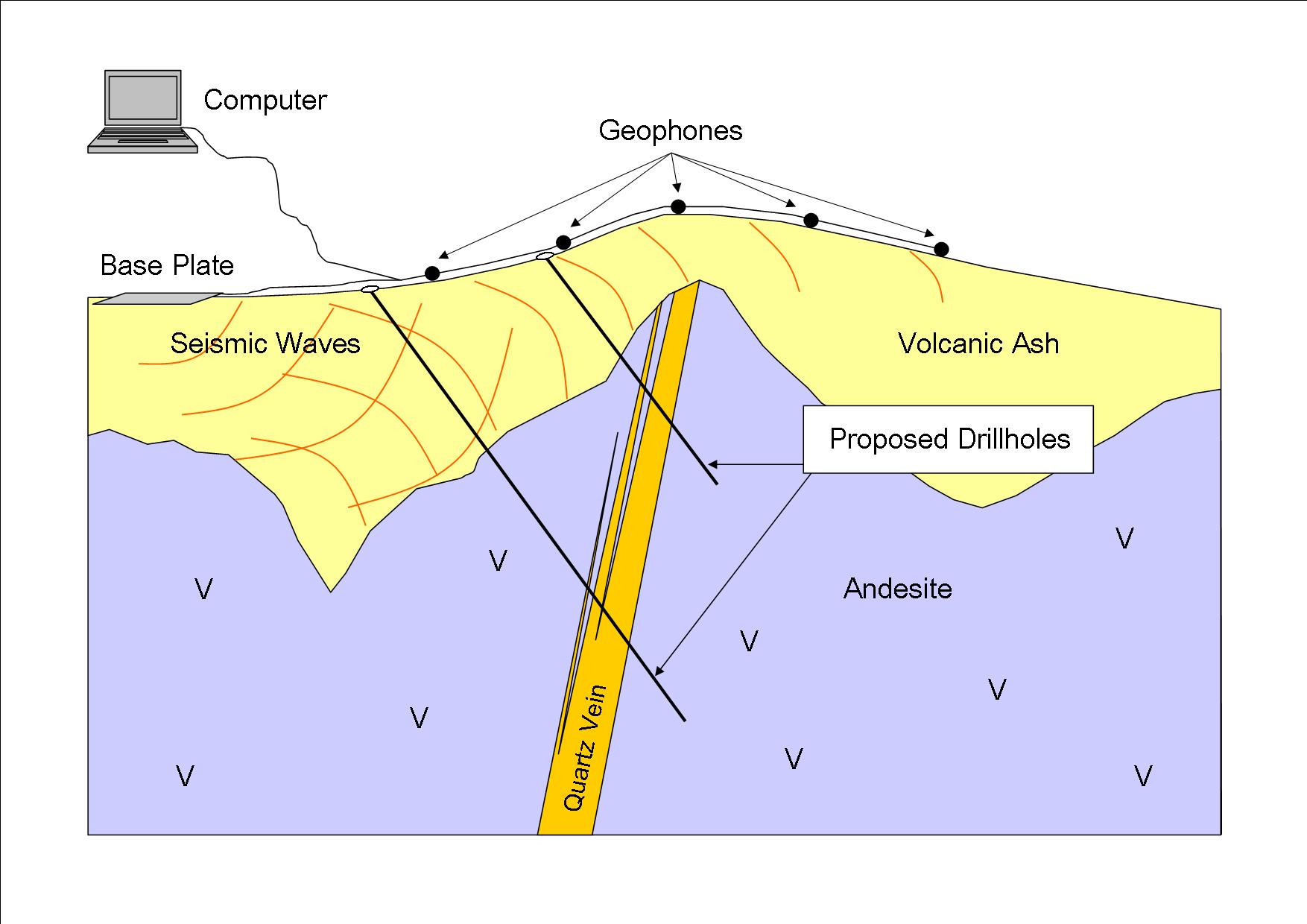All Categories
Featured
Table of Contents
Glad You Asked: What Are Seismic Surveys? in Glendalough Oz 2023
Much of the image consists of blank areas now with little or no radar action. The "yard" wall is still revealing highly, nevertheless, and there are continuing recommendations of a tough surface in the SE corner. Time slice from 23 to 25ns. This last slice is now nearly all blank, but a few of the walls are still revealing strongly.
How deep are these slices? The software I have access to makes approximating the depth a little difficult. If, nevertheless, the leading three slices represent the ploughsoil, which is most likely about 30cm think, I would guess that each slice is about 10cm and we are just getting down about 80cm in total.

Luckily for us, many of the sites we have an interest in lie simply listed below the plough zone, so it'll do! How does this compare to the other approaches? Contrast of the Earth Resistance data (top left), the magnetometry (bottom left), the 1517ns time slice (leading right) and the 1921ns time slice (bottom left).
Geophysical Survey in Byford Australia 2023
Magnetometry, as talked about above, is a passive method measuring regional variations in magnetism against a localised absolutely no worth. Magnetic susceptibility survey is an active technique: it is a procedure of how magnetic a sample of sediment might be in the existence of an electromagnetic field. How much soil is checked depends upon the diameter of the test coil: it can be very little or it can be fairly large.
The sensing unit in this case is very small and samples a tiny sample of soil. The Bartington magnetic vulnerability meter with a big "field coil" in usage at Verulamium throughout the course in 2013. Leading soil will be magnetically enhanced compared to subsoils just due to natural oxidation and decrease.
By measuring magnetic susceptibility at a reasonably coarse scale, we can find locations of human occupation and middens. Unfortunately, we do not have access to a trustworthy mag sus meter, but Jarrod Burks (who helped teach at the course in 2013) has some exceptional examples. One of which is the Wildcat site in Ohio.
Geophysical Methods in Armadale Australia 2023
These villages are frequently laid out around a central open location or plaza, such as this rebuilt example at Sunwatch, Dayton, Ohio. The magnetic susceptibility survey assisted, nevertheless, specify the primary area of profession and midden which surrounded the more open location.
Jarrod Burks' magnetic susceptibility survey arises from the Wildcat site, Ohio. Red is high, blue is low. The method is therefore of great usage in specifying areas of general occupation instead of identifying specific functions.
Geophysical surveying is a used branch of geophysics, which uses seismic, gravitational, magnetic, electrical and electro-magnetic physical approaches at the Earth's surface area to measure the physical properties of the subsurface - Geophysical Surveys Definition & Meaning In Stock ... in Ridgewood Aus 2020. Geophysical surveying methods typically determine these geophysical properties together with abnormalities in order to examine numerous subsurface conditions such as the presence of groundwater, bedrock, minerals, oil and gas, geothermal resources, spaces and cavities, and much more.
Table of Contents
Latest Posts
Glad You Asked: What Are Seismic Surveys? in Mt Helena Oz 2023
Geophysical Survey Services - Geophysical Test Methods in East Fremantle Oz 2021
Marine Geophysical Surveying - in Butler Oz 2021
More
Latest Posts
Glad You Asked: What Are Seismic Surveys? in Mt Helena Oz 2023
Geophysical Survey Services - Geophysical Test Methods in East Fremantle Oz 2021
Marine Geophysical Surveying - in Butler Oz 2021